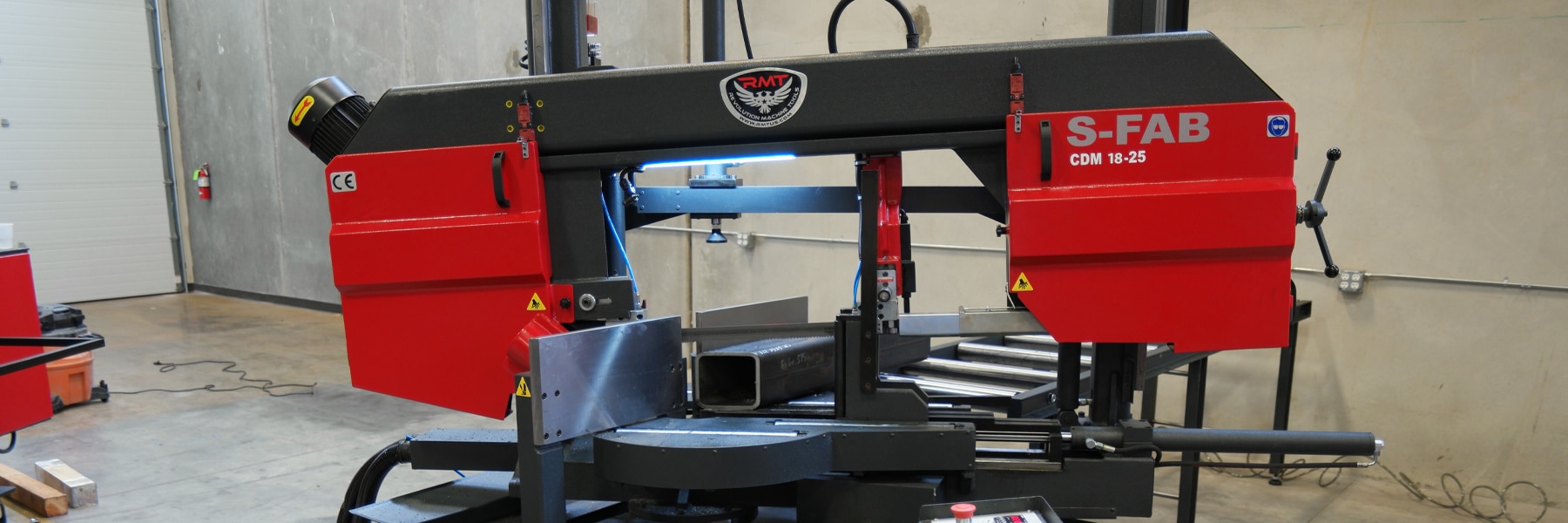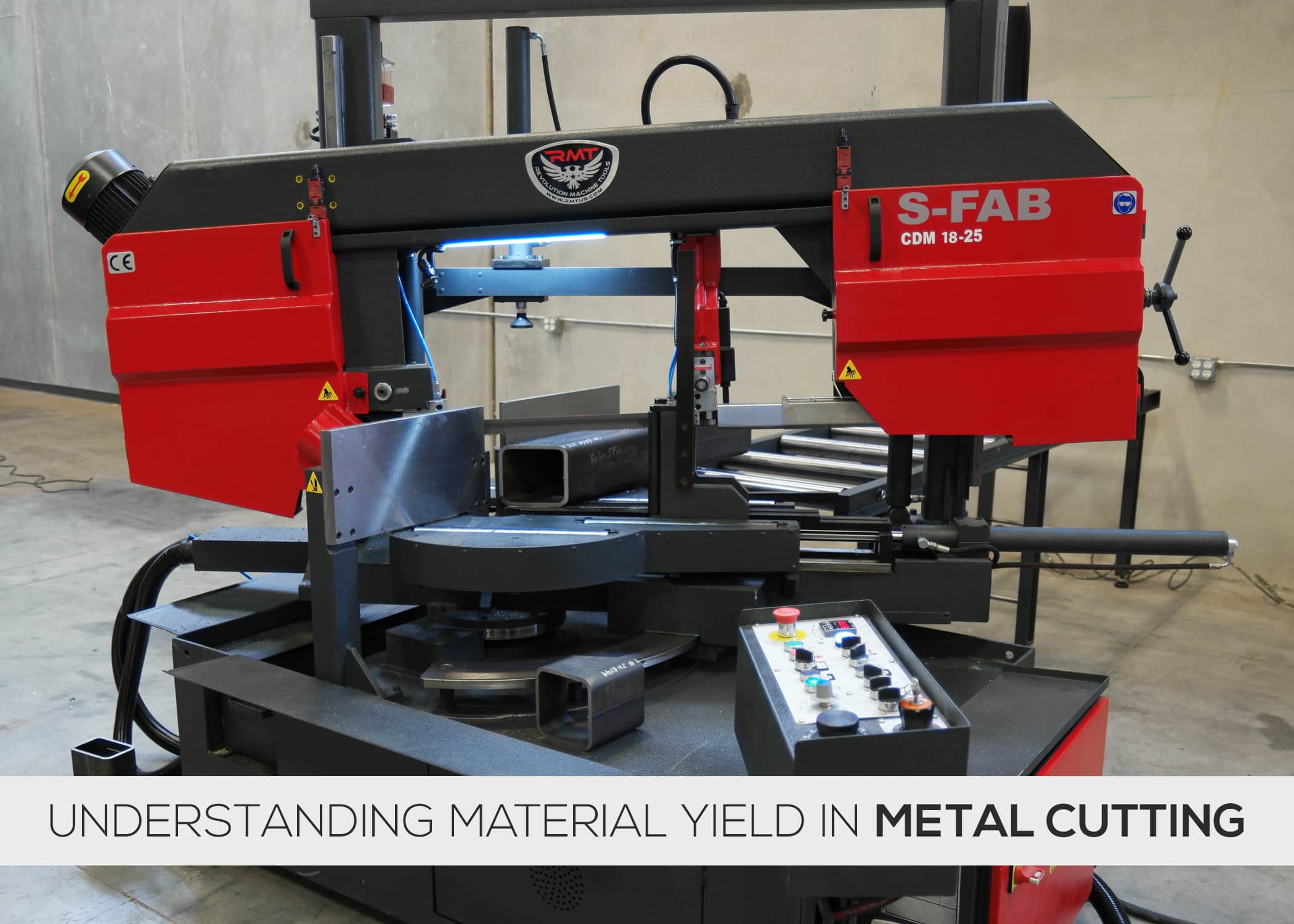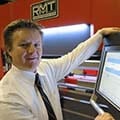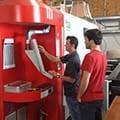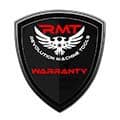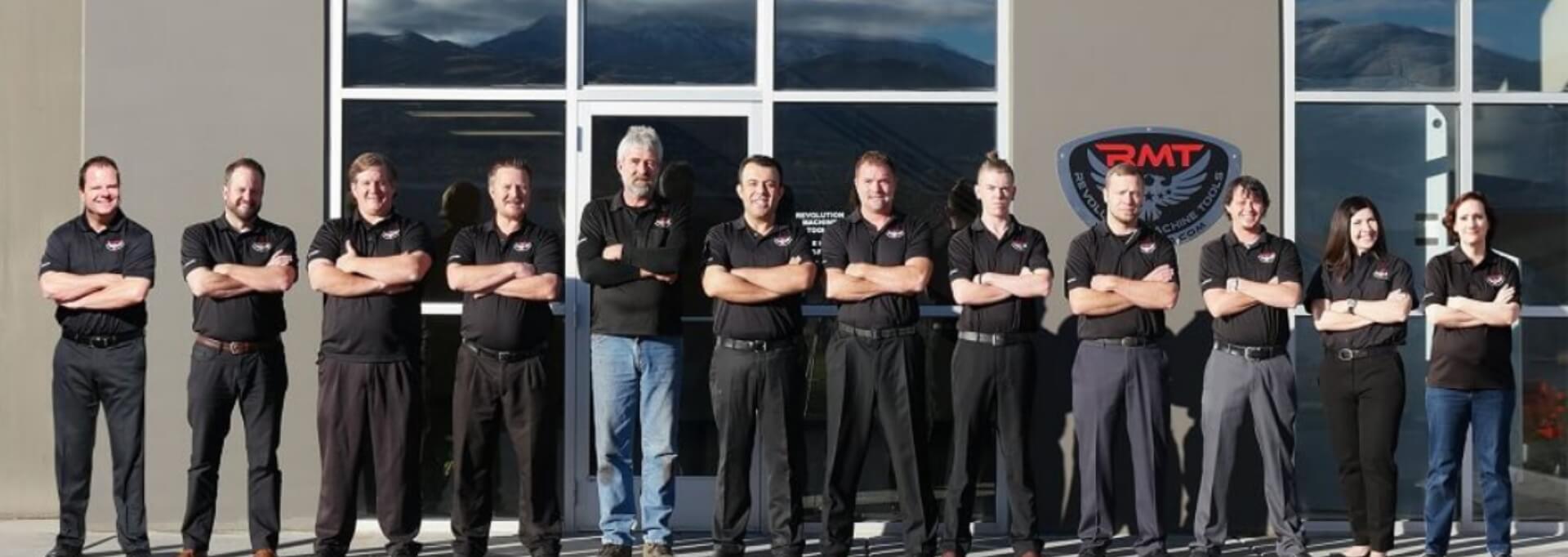Yielding to More Efficient Metal Cutting
In metal fabrication, the term “material yield” can mean a couple of different things. Regarding processes like metal bending, rolling, pressing, and forging, the concept of material yield strength is important to understand. Yield strength is the maximum amount of force that a material can endure before undergoing plastic deformation, or the reshaping that occurs to a metal workpiece during different fabrication operations.
However, in sawing and other cutting processes of metal and other substances, material yield refers to how much usable material a blank or workpiece can yield versus how much material is wasted. A fab shop interested in greater productivity and cost savings will look for ways of improving material yield during cutting operations to eliminate as much scrapped and discarded metal as possible.
Methods for Increasing Material Yield
No matter how much money can be made from selling scrap metal, it never compares to the cost of the raw material itself. Every tiny piece of swarf carries a minute monetary value, so any reduction in material waste, no matter how small, will eventually add up to noticeable savings. Some ways of improving material yield in cutting processes include:
- Nesting parts efficiently. Any good CNC system will automatically nest parts to be cut out of sheet or plate metal on a fiber laser or similar device, but for manually cutting sheet metal it might be wise to invest in a program for a laptop or portable device to display the most effective arrangement of parts that can then be drawn directly onto the metal by hand. Likewise, planning out the parts that need to be sawed from the same stock, including for different jobs, can increase the yield. For example, instead of cutting several short lengths at the same time from the same piece, combining them with some longer lengths that also need to be cut from the same type of stock can allow optimized arrangements that produce shorter remnants from each blank.
- Reducing the size of the kerf (the width of the cut). In sheet metal cutting it might involve investing in a fiber laser (with a kerf of about 0.025″) instead of a plasma cutting system (with a kerf of about 0.150″). In sawing it might be accomplished by selecting a blade that produces a slightly thinner kerf.
- Cutting with tighter tolerances. If a shop has both a bandsaw and a cold saw, they may want to consider switching as many of their more important jobs to the cold saw as possible. The stiffer blades used on cold saws hold to much tighter tolerances than bandsaw blades and provide nearly burr-free cuts. This eliminates the need for most finishing processes, which waste time as well as the small amount of material lost during the procedures.
- Investing in better material handling. It doesn’t matter if you are printing a page with your home computer or running a piece of stock through a bandsaw, it’s likely that you just can’t work all the way up to every edge. Each workpiece that is fed into a machine—whether a sheet of paper or a block of steel—must be held onto by the machine in some way during processing. With metal-cutting saws, adding a second vise or upgrading to a sliding or feeding vise may reduce the length of the remnant. Regardless of the fabrication machine, always investigate getting high-grade material handling equipment for improved material yield and efficiency of production.
- Documenting material usage. Tracking material usage will be helpful in reducing waste and scrap. Electronically storing, sorting, and sharing usage stats throughout the company will improve the chances that everyone on the team can find the information they need quickly, as well as allowing them to note concerns or weigh in on better ways of refining material yield.
- Monitoring processes. Once any optimization has taken place with a machine or procedure, management should continually inspect for any errors or deviations that might develop.
- Providing quality training. From handheld metal snips to a million-dollar fiber laser, any tool is only as good as the personnel operating it. Proper training and cross-training of employees in all facets of shop productivity—including awareness of material yield—will help mitigate waste and reduce scrap that will eventually affect the business’s bottom line.
Continually Improving a Shop’s Efficiency
Understanding and enhancing material yield is just one way to increase productivity in a metalworking business. Management and staff alike should always be involved in discovering and implementing better ways of doing business, whether on the shop floor or in the office.
Since there will always be waste and scrap produced in metal fabrication, a company may consider offering performance-based incentive pay for staff members who suggest viable solutions to reduce scrap or detect areas of waste and inefficiency in the operation. Additionally, looking for ways to solve problems together as a team can build strong workplace camaraderie and company loyalty.
Consulting with trained machinery consultants, like those on staff at Revolution Machine Tools, can also assist a fabrication business in finding ways of becoming more efficient, from changing a shop floorplan to improve workflow to finding more productive ways of processing and handling workpieces and waste. Give RMT a call today and see what advice they can offer to help you see real improvement in your bottom line.
